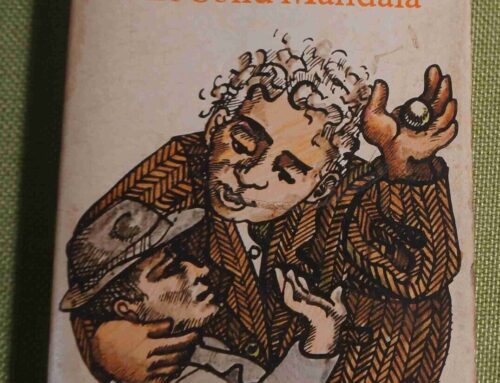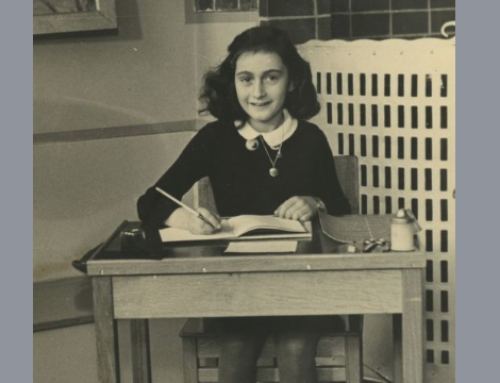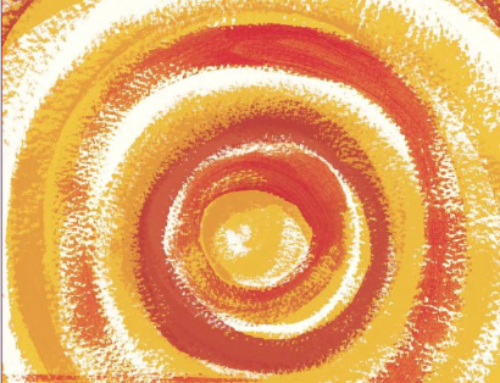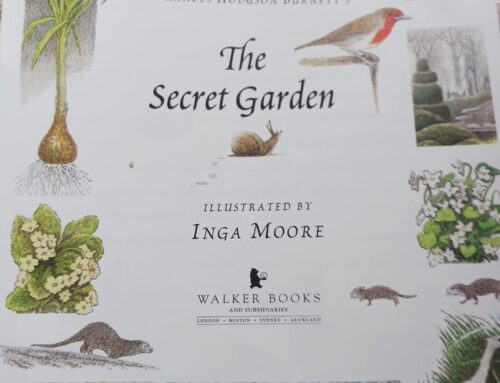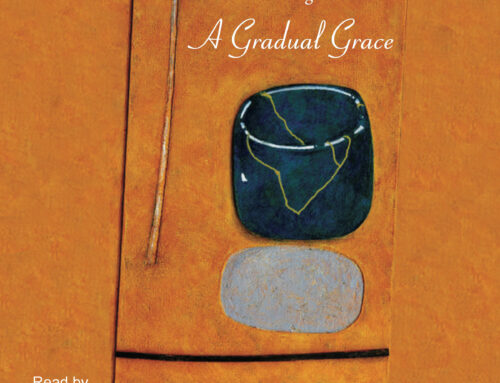Lark Rise to Candleford brings together three books that are autobiographical social history: I can’t find a single term for this. I read the full version in paperback, now falling apart; then a few years later, I acquired an abridged illustrated version, which I have carried around with me through all my moves. I recently lent it to a friend who is a polymath, artist and sculptor. He absolutely loved it, and said it took him back into that time and place, now lost. This inspired me to re-read it.
It tells the story of rural life in an Oxfordshire hamlet in the 1880s, when the old way of life of farm workers was fading before the age of mechanisation and industrialisation. The story is told through the eyes of Laura, whose parents were hamlet dwellers. though not attached to the farm like most of their neighbours. The father was a stonemason and the mother had been a nursemaid. Ten shillings a week was the standard wage for farm labourers, and a shilling or two of that went in rent. Every house had a good vegetable garden and there were allotments for all. The other staple was the household pig, fattened and lovingly tended by the family, slaughtered during the first two quarters of the moon. Sometimes half of the value of this had already been mortgaged to the baker or miller. The main meal of the day, ‘tea’, served when the men came home from work, was a small square of bacon, green vegetables and potatoes, and a roly-poly pudding, all cooked in the one pot.
These and many more rich details of daily life are lovingly narrated in simple, lyrical prose that carries colourful anecdotes and quotes from the various characters, many of them peppered with dialect. Much of the story is set against Laura’s childhood in the hamlet, until, when she turns 14, she is apprenticed to the postmistress in Candleford Green, a village near the town of Candleford. Dorcas Lane is not only postmistress but runs the essential business that serves the district, the blacksmith’s forge… so she is blacksmith as well as wheelwright, and manages a large household of umarried workmen, all, it seems, with one hard-working servant. These young men, twenty years later, would not be shoeing horses, but repairing motors.
One of the lovely features of this book is the descriptions of the surrounding countryside, the flowers, the tres, the birds, the fields of ripe corn. On Laura’s last morning at Candleford Green, before she begins a new life in the city, she walks her last postwoman’s round.
It was a morning of ground mist, yellow sunshine, and high rifts of blue, white-cloud-dappled sky. The leaves were still thick on the trees, but dew-spangled gossamer threads hung on the bushes and the shrill little cries of unrest of the swallows skimming the green open spaces of the park told of autumn and change.
A delightful picture of a lost way of life, nostalgic and elegiac, but grounded in realism and the wider perspective of the inevitability of change. The illustrations, many full colour plates of paintings done in that period, small black and white photographs, images of pressed flowers and woodcuts at the top of each chapter, add a colourful dimension to the story, accentuating both its romance and its realism.
